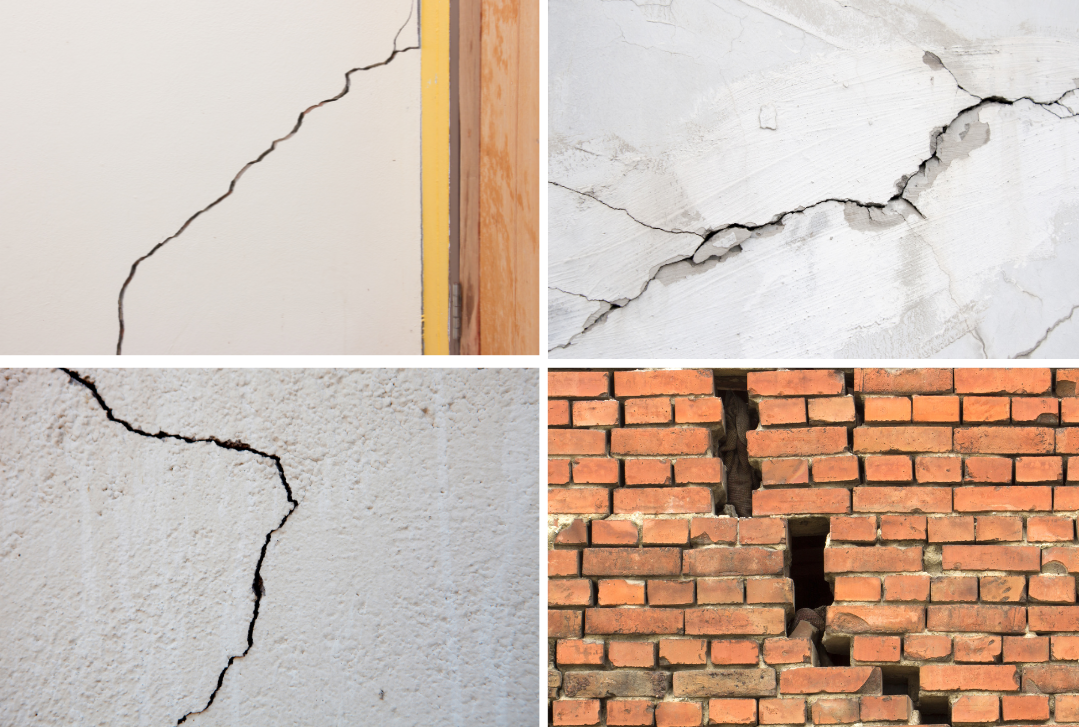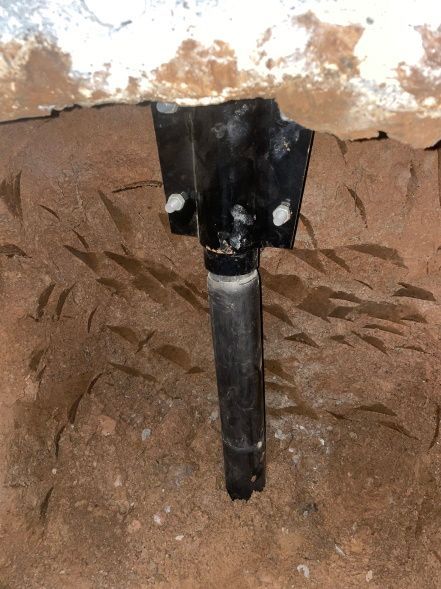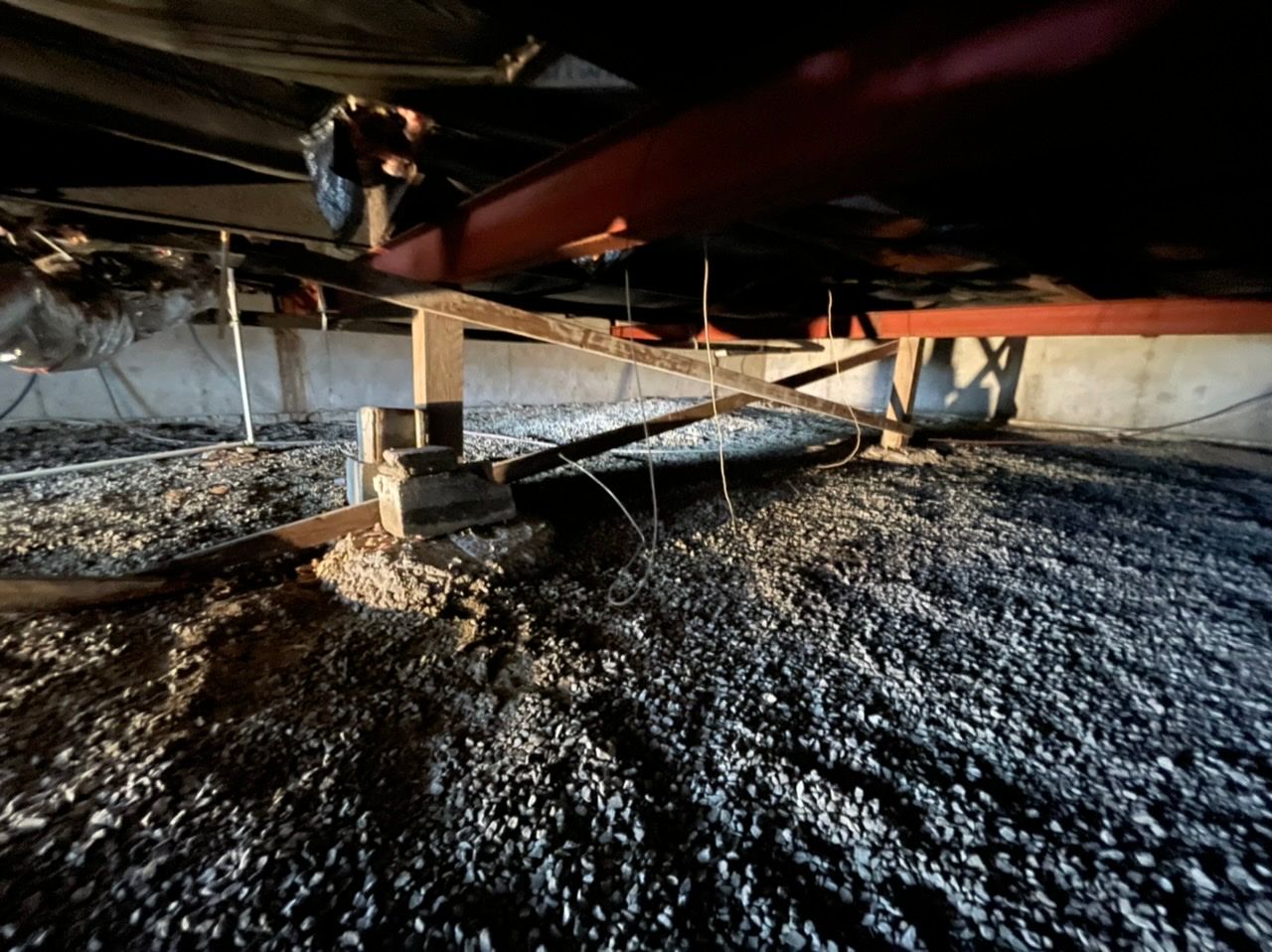What Do Foundation Wall Cracks Mean?
Cracked Foundation Walls: What They Tell and How to Respond

The foundation of a house is the most important part of the structural element. It supports the weight of the home, and distributes the weight in the soil to keep the building stable and safe. That’s why when there’s any problem with the foundation, it should be assessed carefully, professionally, and promptly.
Don’t become too panicked if you begin to see cracks, because cracks can be normal in most houses. And some cracks in your home don’t pose danger. Moreover, if you can detect the first signs of foundation distress right away and fix them as soon as possible, the threat to continued foundation damage will subside.
What Are Foundation Wall Cracks?
The substructure or huge walls in your basement that support the structure are known as the foundation. Those walls are built perfectly so that there are no splits or fractures present on the wall surface. However, due to various reasons, the surface of the foundation walls can have crevices of any length and thickness. Those openings, no matter how tiny they are, are considered as foundation wall cracks.
Types of Foundation Cracks
Not all the cracks we see in the foundation are too dangerous or need immediate repairs. That’s why you need to know which types of cracks represent what types of underlying issues. There are mainly 5 types of foundation cracks we can find in most houses.
Hairline Foundation Cracks
As the name implies, hairline foundation cracks are as thin as a hair. These cracks typically form in new foundations within a few weeks of installation when the concrete dries out. Normally, the hairline cracks are harmless, and you can get rid of them with proper curing of the concrete. It's best to have a professional review the cracks to determine the severity of the issue.
If you see these cracks getting wider day by day, and it even helps with water seepage, then you better call a professional contractor before things go out of your hands.
Horizontal Foundation Cracks
The most dangerous crack for your foundation is the horizontal crack. This type of crack is usually formed because of soil shifting, soil pressure, poor drainage, excessive dampness, or intense temperature changes.
Since horizontal cracks are dangerous no matter how thick or long the splits are, they need to be immediately repaired. Specifically, when you see the cracks along with bowing walls, call the contractor and professionals without any delay.
Vertical Foundation Cracks
No matter how long a vertical crack you find in the foundation, it usually isn’t much of a problem if it’s a thin fracture. In most cases, the groundwater pressure due to soil movement causes the concrete to crack vertically.
When you see the vertical cracks widening, specifically if a coin can be easily inserted through the split, it leaks water, or there are wall bowings, then you must contact a professional because structural problems can get serious.
Diagonal Foundation Cracks
Diagonal foundation cracks are sometimes concerning for your house. Whenever the foundation or substructure settles further down due to any change in soil condition, diagonal cracks are formed.
The settlement of the foundation can be dangerous in some cases, which is why you should let a professional inspect the structure to assess if your house needs any extra care along with crack repair.
Stair-Step Foundation Cracks
Beside the diagonal cracks, another type of crack can form because of a settling foundation. These cracks are shaped like the stair steps or staircase outline, and they’re usually found in the mortar of the concrete foundation blocks.
Although these stair-step cracks aren’t as serious as the horizontal cracks in many cases, they can become dangerous when the cracks widen, extend further, and leak water. Consult a professional to assess the situation whenever you see this type of crack.
When Do You Know It’s Serious?
In the previous section, we’ve already discussed what types of cracks are serious. In short, whenever you see any horizontal crack or any crack in your foundation having the thickness of a coin or more, it needs immediate repair.
However, venturing into the basement area isn’t a regular thing for most of us, so it’s not always possible to know about severe cracks right away. But don’t worry; there are some signs your building shows in the living area that indicate that something is wrong with the foundation. Whenever you see those signals, regularly check the crawl space. Those signs are:
● Uneven or bouncy floor surface
● Cracks in drywall, sidings, floors, tiles, or frames
● Stuck doors and windows
● Separated or bowing walls
● Excessive presence of moisture and bugs
Why Is Your Foundation Cracking?
There can be several reasons for foundation cracking. The main reasons are:
● Underground soil expansion and contraction
● Significant change in temperature
● Groundwater level changes
● Natural disaster
● Faulty drainage system
● Not enough curing of concrete
● Building more stories or introducing more load on structures
How to Fix Cracks
How you should fix the foundation cracks fully depends on the type of crack, the reasons behind the crack, and how severe things are. For this reason, an extensive inspection by professionals is highly recommended.
However, for severe structural damage, you may need to install piers, attach carbon fiber mesh to the interior of the foundation wall, or sometimes do both. And in the case of mild cracks, you can use a cement mixture, latex, chalk, or paint to seal the thin fractures. However, no matter what type of repair it is, you better hire a professional to deal with it.
You should also take some preventive measures to avoid foundation cracks, such as:
● Try not to plant large trees near the foundation wall.
● Check the drainage system regularly for maintenance.
● For the new structure, make sure the curing water isn’t drying out.
● Retrofit the structure so that soil movement can’t harm the structure.
Foundation cracks, whether serious or not, can be easily resolved if you take the necessary steps according to the professional’s advice. So, always be cautious, check for signs, call your contractor whenever there is any problem, and your house will be fine.
If you're in the Kansas City area and are seeing some of the red flags mentioned above in the "What Do Foundation Wall Cracks Mean?," reach out to PierMagic today.




